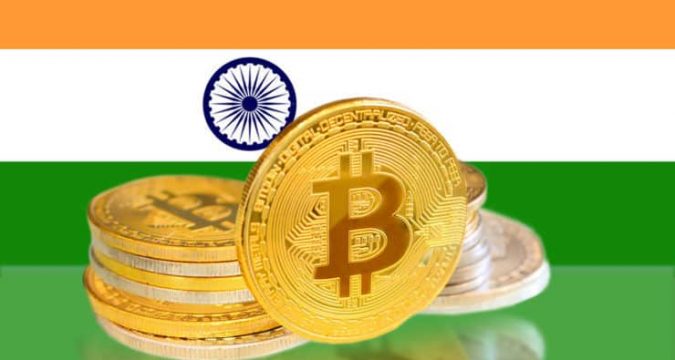
According to the Reserve Bank of India (RBI), the country must initially adopt a basic model for the central bank digital currency (CBDC) and do comprehensive testing for minimizing its impact on the country’s banking system and monetary policy. The Indian apex believes that launching a digital rupee can offer a number of advantages, which include a potential of enhancing the possibility of cross-border payments. On Tuesday, the Indian central bank recently released its ‘Report on Trend and Progress of Banking in India 2020-21’. This report is of 248 pages and there is a section dedicated to central bank digital currency.
The central bank of the country stated that a central bank digital currency (CBDC) can work as a convenient, robust and safe alternative to physical cash. It went on to say that depending on the different design choices, the CBDC could also assume the form of a financial instrument. The bank said that comparing it with existing forms of money can offer various benefits to users in terms of scalability, liquidity, acceptance, and ease of transactions with faster settlement and anonymity. The RBI also noted that there were some ‘critical questions’ regarding the design of the central bank digital currency (CBDC) and they have to be answered before it can be introduced.
For instance, the bank said that one question was whether the CBDC would just be for wholesale use (CBDC-W), or would also be available for retail use (CBDC-R) and for general purpose. The RBI went on to say that in a country such as India, they need to carefully weigh the decision about the distribution architecture i.e. deciding whether the central bank would directly issue the CBDC or via commercial banks. It noted that gauging the magnitude of the distribution and issuance would assist them in deciding the appropriate underlying technology that can be used for handling such operations.
The apex bank said that taking into account the impact of the CBDC on macroeconomic policy, it is essentially to start with basic models initially and do comprehensive tests in order to ensure they have minimal impact on the banking system and monetary policy. When talking about the use of the CBDC for making cross-border transactions, the RBI said that introducing a digital rupee could enhance the efficiency of such transactions and could also provide corresponding banks with an alternative in the future. The report said that the progress of the country in payment systems would provide a useful backbone for providing its citizens with a state-of-the-art CBDC, along with financial institutions.
Meanwhile, Shaktikanta Das, the Governor of the RBI, has repeatedly stated that the central bank has some major reservations about cryptocurrency. During its recent meeting with the central board of directors, the Indian central bank called on the country’s government to impose a full ban on crypto because they said that a partial ban would not do any good. Regardless, the government is planning on regulating crypto assets and the main regulator is expected to be the Securities and Exchange Board of India (SEBI).




